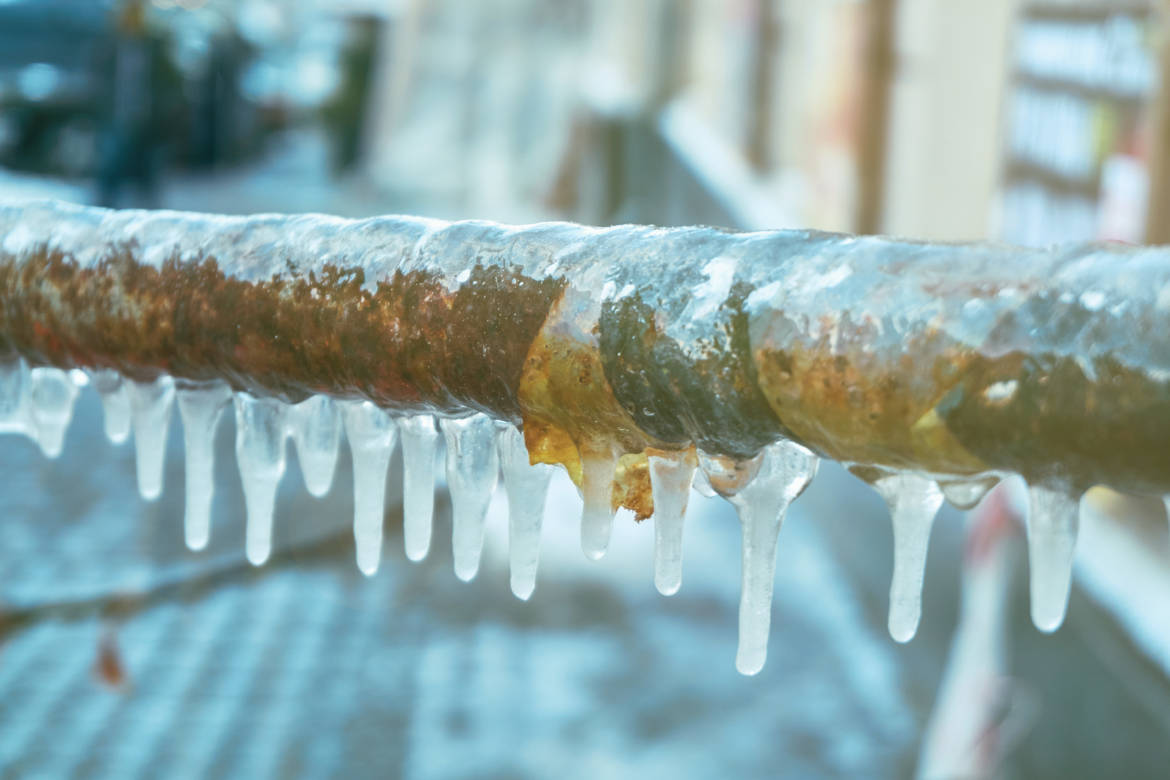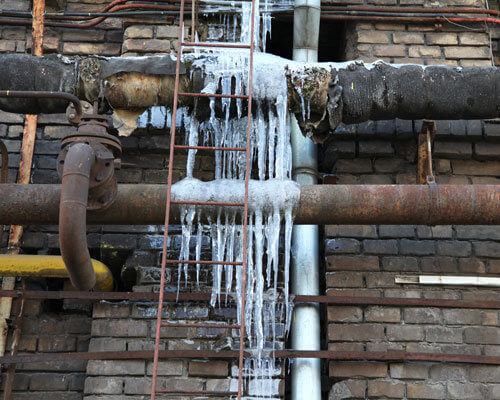Ways to Prevent Frozen Plumbing in Cold Weather: Professional Tips
Ways to Prevent Frozen Plumbing in Cold Weather: Professional Tips
Blog Article
This great article underneath pertaining to How To Avoid Freezing Pipes is extremely insightful. Don't bypass it.

Winter can ruin your pipes, especially by freezing pipelines. Right here's exactly how to prevent it from happening and what to do if it does.
Intro
As temperature levels decrease, the risk of icy pipelines increases, potentially leading to pricey repair services and water damage. Recognizing exactly how to prevent icy pipes is crucial for home owners in chilly environments.
Recognizing Frozen Pipelines
What causes pipelines to freeze?
Pipes ice up when exposed to temperature levels below 32 ° F (0 ° C) for prolonged durations. As water inside the pipes freezes, it increases, putting pressure on the pipe wall surfaces and potentially triggering them to break.
Threats and damages
Frozen pipes can result in water system disruptions, building damages, and expensive repairs. Burst pipelines can flooding homes and create extensive structural damage.
Indications of Frozen Water Lines
Determining icy pipelines early can avoid them from rupturing.
Exactly how to determine icy pipelines
Seek lowered water circulation from taps, unusual odors or noises from pipelines, and noticeable frost on subjected pipes.
Prevention Tips
Protecting susceptible pipes
Cover pipelines in insulation sleeves or utilize heat tape to shield them from freezing temperature levels. Focus on pipes in unheated or external areas of the home.
Heating techniques
Maintain indoor areas properly warmed, particularly areas with pipes. Open closet doors to allow cozy air to distribute around pipes under sinks.
Securing Outdoor Pipes
Garden pipes and exterior faucets
Separate and drain yard hoses prior to wintertime. Set up frost-proof spigots or cover exterior faucets with insulated caps.
What to Do If Your Pipelines Freeze
Immediate actions to take
If you think frozen pipes, keep taps open to ease pressure as the ice thaws. Use a hairdryer or towels taken in warm water to thaw pipes gradually.
Long-Term Solutions
Architectural changes
Take into consideration rerouting pipes away from exterior walls or unheated locations. Include additional insulation to attics, cellars, and crawl spaces.
Updating insulation
Buy high-grade insulation for pipelines, attic rooms, and walls. Correct insulation assists maintain consistent temperature levels and lowers the threat of frozen pipelines.
Final thought
Avoiding frozen pipelines requires aggressive steps and fast feedbacks. By comprehending the reasons, indications, and safety nets, property owners can safeguard their pipes during winter.
6 Proven Ways to Prevent Frozen Pipes and Protect Your Home
Disconnect and Drain Garden Hoses
Before winter arrives, start by disconnecting your garden hoses and draining any remaining water. Close the shut-off valves that supply outdoor hose bibs and leave the outdoor faucet open to allow any residual water to drain. For extra protection, consider using faucet covers throughout the colder months. It’s also important to drain water from any sprinkler supply lines following the manufacturer’s directions.
Insulate Exposed Pipes
Insulating your pipes is an effective way to prevent freezing. Pipe insulation is readily available at home improvement stores and is relatively inexpensive. Pay close attention to pipes in unheated areas such as the attic, basement, crawl spaces, or garage. Apply foam insulation generously to create a buffer against the cold. You can also wrap your pipes in heat tape or thermostat-controlled heat cables for added warmth.
Seal Air Leaks
Inspect your home for any cracks or openings that could let in cold air. Seal any holes around the piping in interior or exterior walls, as well as the sill plates where your home rests on its foundation. Additionally, make sure to keep your garage door closed unless you’re entering or exiting. Leaving it open creates a significant air leak that can lead to frozen pipes.
Allow Warm Air Circulation
During cold snaps, it’s essential to allow warm air to circulate evenly throughout your home. Leave interior doors ajar to promote better airflow. Open kitchen and bathroom cabinets to help distribute heat consistently around the rooms. If you have small children or pets, be sure to remove any household chemicals or potentially harmful cleaners from open cabinets for safety.
Let Faucets Drip
A small trickle of water can make a big difference in preventing ice formation inside your pipes. When temperatures drop significantly, start a drip of water from all faucets served by exposed pipes. This continuous flow helps prevent the water from freezing. Additionally, running a few faucets slightly can relieve pressure inside the pipes, reducing the chances of a rupture if the water inside does freeze.
https://choateshvac.com/6-proven-ways-to-prevent-frozen-pipes-and-protect-your-home/

We hope you enjoyed our excerpt on How To Avoid Freezing Pipes. Many thanks for finding the time to browse our piece of content. Do you know someone else who is truly interested in How to prepare your home plumbing for winter weather? Please feel free to share it. Many thanks for going through it.
Go Deal Report this page